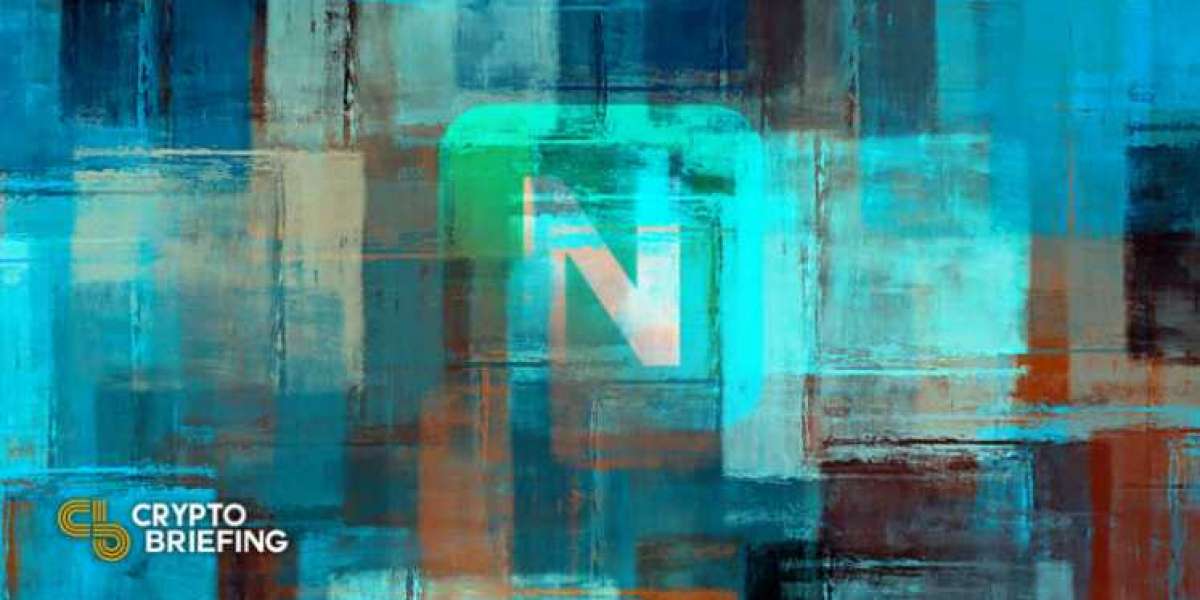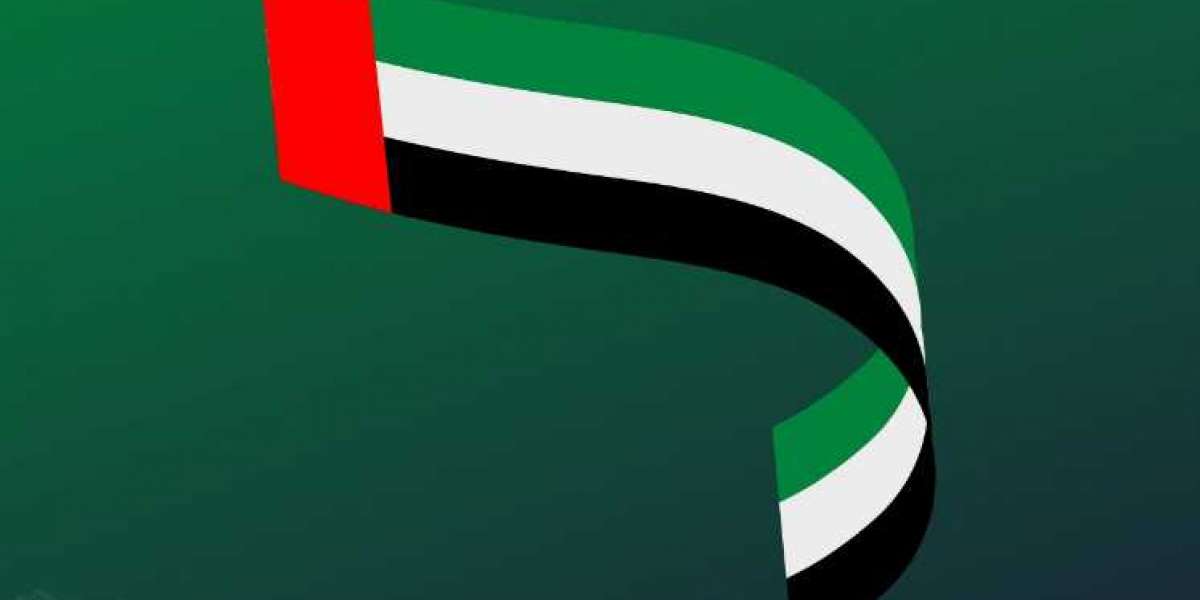In December 2020, shortly after I joined Crypto Briefing, I recall covering a story about a digital artist who was just beginning to gain popularity in the crypto art community. Mike Winkelmann had just made over $3.5 million on the NFT marketplace Nifty Gateway from his second drop. A few months later, the artist known as Beeple would shock the world by selling another work at Christie's for a record-breaking $69 million. This transaction propelled Beeple into the stratosphere and facilitated the mainstream adoption of Ethereum's creator-centric technology, which was just beginning to gain traction. Cryptocurrency was ubiquitous, and NFTs were now Gemini's Nifty Gateway, one of the earliest participants in the NFT, benefited from the hype. It organized big drops from other artists, such as Beeple, and had a knack for attracting music industry stars who wanted to cash in on the trend. Early in 2021, when Eminem, The Weeknd, Steve Aoki, and Grimes entered the space, they all utilized Nifty Gateway to sell their merchandise.
But where Nifty Gateway began as the market leader, it quickly lost its position. The market's focus shifted to avatar-based characters that took the form of tokenized "JPEGs" when the CryptoPunks collection began to rise in value following Beeple's Christie's sale. A few weeks later, the world's largest NFT collection, Bored Ape Yacht Club, was released, and crypto regulars quickly realized they would need to sport their own PFPs to demonstrate their commitment to Web3. OpenSea, the preferred trading venue for PFP speculators, experienced soaring volumes as NFT mania peaked in the summer of 2021, taking a 2.5% cut on each sale and expanding despite a major insider trading scandal and occasional listing bugs. Meanwhile, Nifty Gateway remained laser-focused on its curated drop strategy, flitting between showcasing promising up-and-coming artists and cash grabs aimed at newcomers who would disappear within a few months.
The market failed to specialize.
As NFTs grew in popularity, other trends such as generative art and photography gained traction, but Nifty Gateway moved too slowly. It maintained its dispersed listing strategy, concentrating on "editions" and retail-friendly credit card purchases (more on that later). When the crypto market crashed, after all the celebrities had sailed off into the sunset, it also failed to specialize. Art Blocks had the best generative art pieces, SuperRare had the best 1/1s, but Nifty Gateway wasn't the best at anything (it attempted to go after the high-end market, but since Beeple, there haven't been many major collections released there).
OpenSea was the obvious winner of the boom. But the world's largest NFT marketplace, which at its peak in January 2022 had a monthly trading volume of $5 billion, operates differently from Nifty Gateway in that it caters to the secondary market. Typically, when you purchase an NFT on Nifty Gateway, you collect it from the creator as part of a coordinated drop. It also has a secondary market, but few collections gain significant traction after the initial sale, and sellers must pay Nifty Gateway 5% plus 30 cents (most other platforms charge 2.5% or less).
OpenSea, on the other hand, enumerates virtually everything worthy of notice. Even if something is minted on Art Blocks, it typically appears minutes later on OpenSea. The interface makes it simple for anyone to list their assets for a fixed price or accept bids, which has led to a significant increase in secondary trading volumes for all of the major collections. Contrary to Nifty Gateway, it also recognized the growing demand for non-Ethereum-based NFTs.
User Experience Issues
This week, when I attempted to purchase an open edition piece from one of my favorite emerging digital artists, I was reminded of why Nifty Gateway was unable to compete with OpenSea. This was a special drop that required the possession of an artist's work in order to participate. First, I was required to sign in with my Ethereum wallet or email login to demonstrate that I was a holder, and only then could I purchase. I prefer to use ETH as a payment method over fiat cards, which meant I had to fund Nifty Gateway's prepaid wallet linked to my account (direct ETH payments are "coming soon," the company has promised for months).
After logging in and deploying my ETH, I was required to participate in the auction within a predetermined time frame. I ran into problems because the website stated that it would only accept "global bids." The artist informed me that the auction had been postponed due to technical difficulties. The next day, when I returned to purchase the item, the transaction appeared to go through, but the money did not appear in my wallet. Customer service informed me that this was normal and that my purchase had been confirmed, but there was no way to verify this on my dashboard, and 24 hours later, it still has not appeared. In addition, the MetaMask login icon is broken, so I cannot access my account without my email address and password. Once I enter and the NFT appears, I will have to move it out of Nifty Gateway and into my NFT collection.
With so many UX issues, it's easy to see why Nifty Gateway is no longer a major player in the NFT industry. Rarely does the platform list what the market actually wants, and when it does, you cannot buy or trade the drop without encountering complications. If possible, I would advise creators who are considering hosting their work on the platform to look elsewhere. Collectors and flippers would be better off with OpenSea or a decentralized alternative such as LooksRare, where they can buy and sell almost anything without having to endure lengthy wait times and customer service chats, but you probably already knew that. Nifty Gateway asserts on its website, "We will not rest until 1 billion individuals are collecting NFTs." NFTs could reach 1 billion users within a decade, as their popularity continues to rise. However, nobody will collect them on their cumbersome marketplace.
At the time of publication, the author of this article owned ETH, Otherside NFTs, and a number of other cryptocurrencies.




Alphonsus Odumu 4 w
Nifty gateway